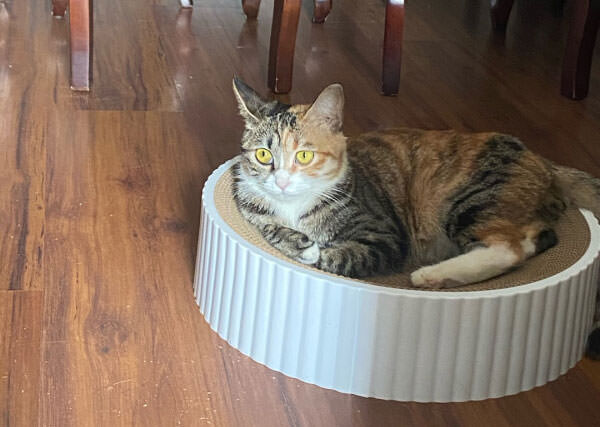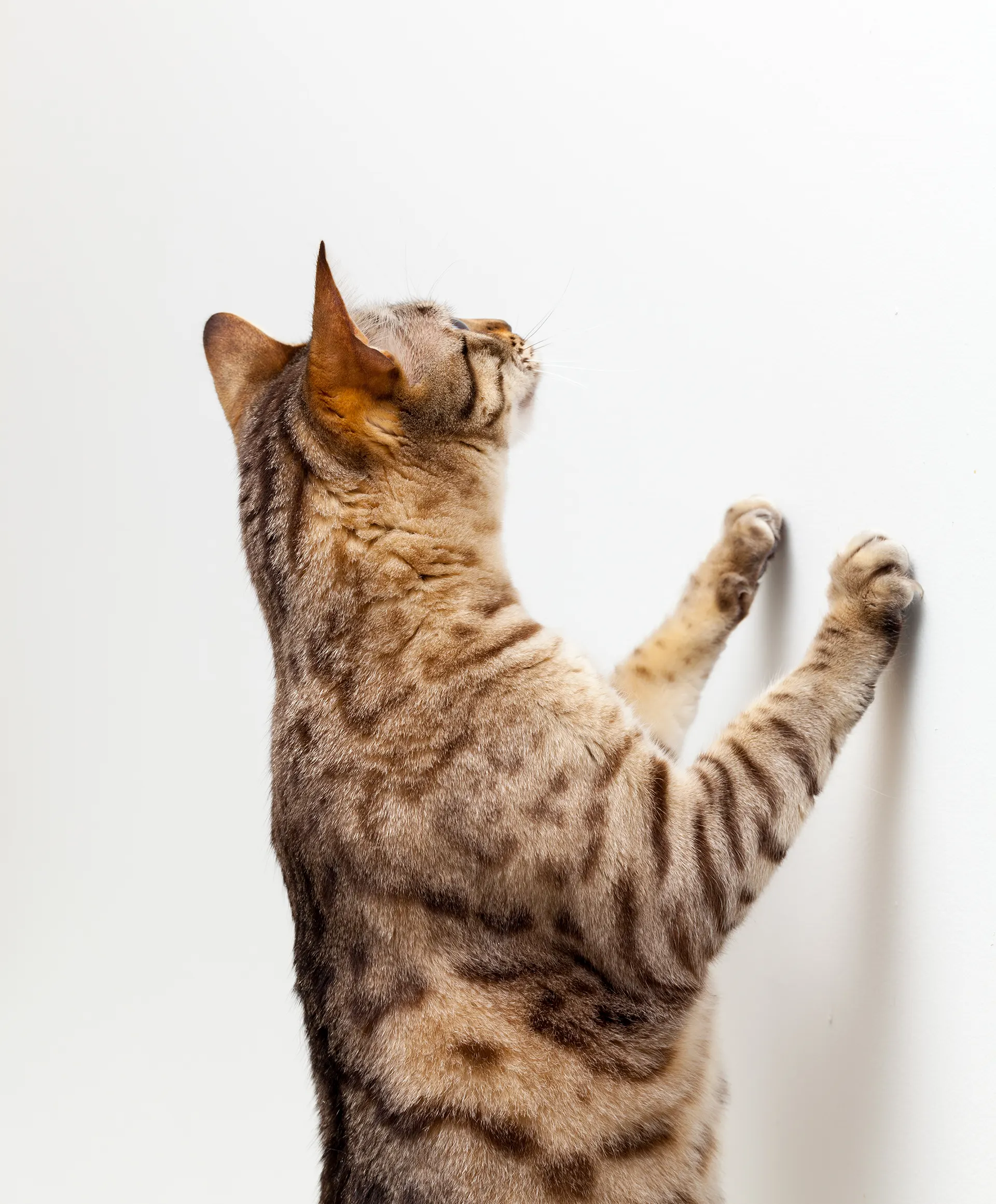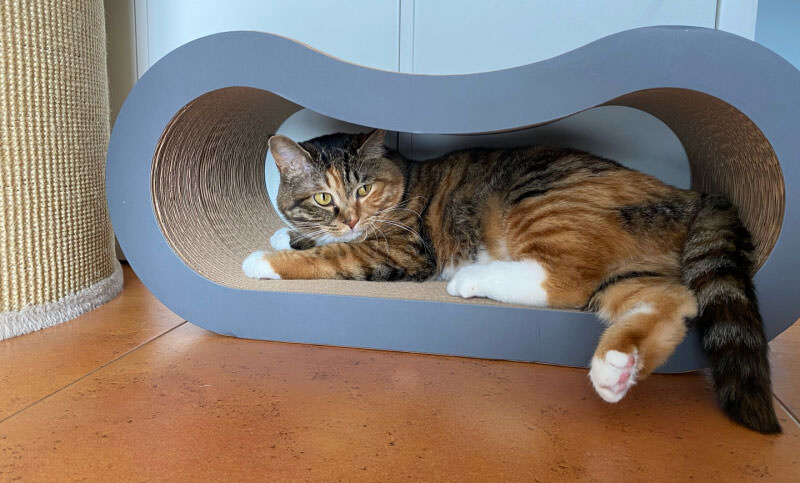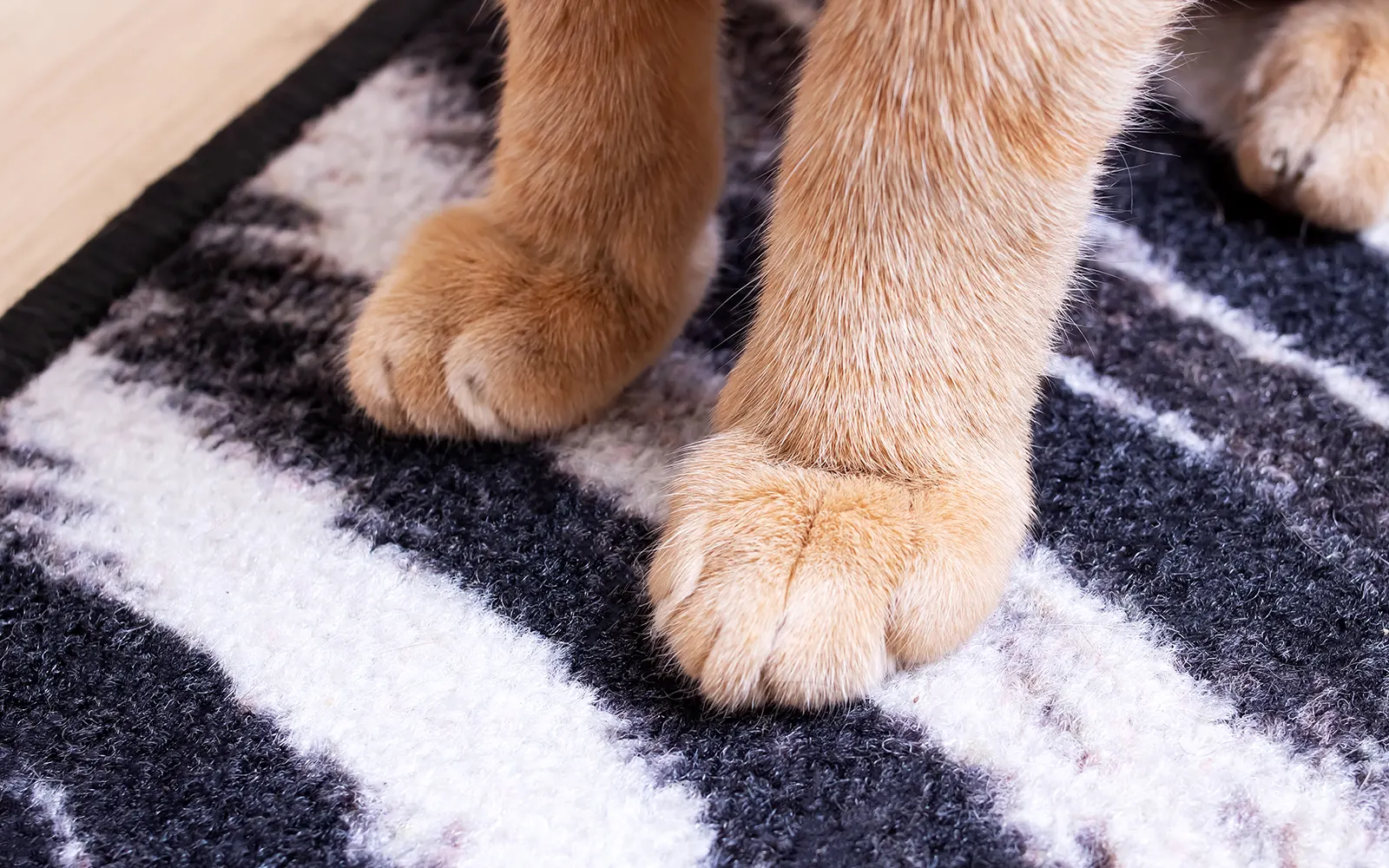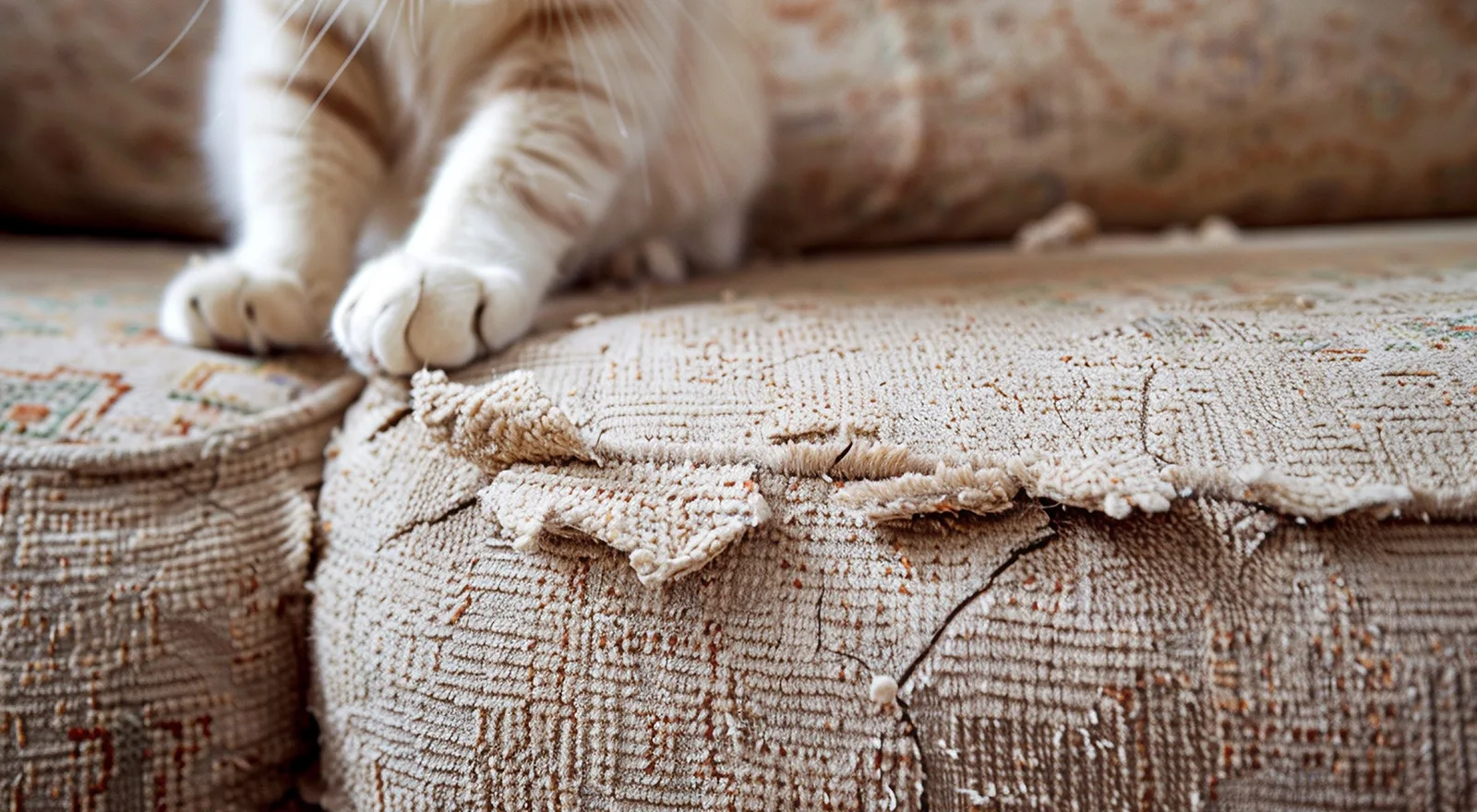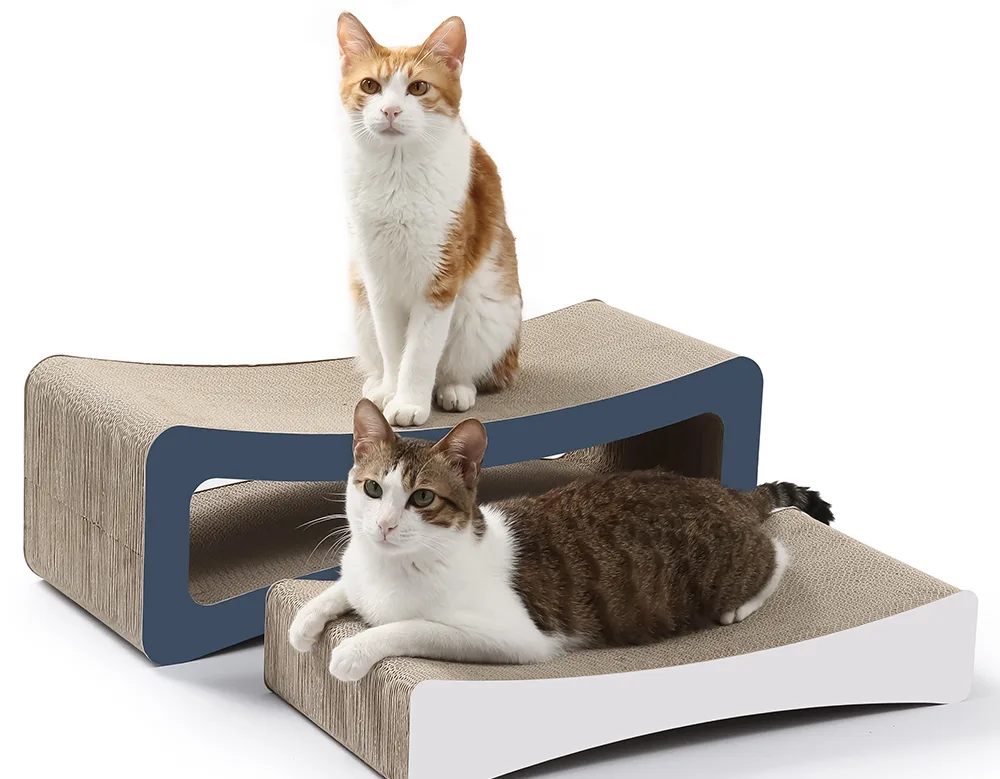How to Train a Cat to Use a Scratching Post
Cats naturally scratch to maintain their claws, stretch their muscles, and mark territory. However, this behavior can lead to scratched furniture and carpets. Training your cat to use a designated scratching post is essential to preserving your home while catering to your pet’s needs. This article provides practical steps to encourage your cat to choose a scratching post over your household furniture.
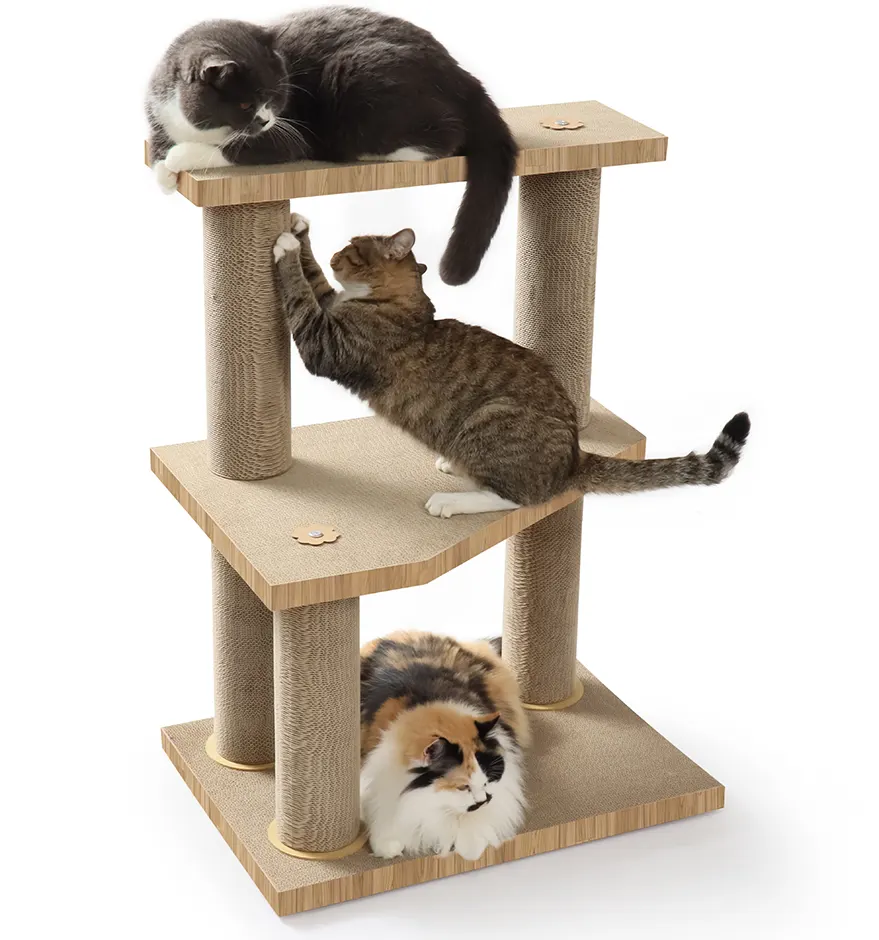
Step 1: Choose the Right Scratching Post
The right scratching post can make all the difference in your cat's behavior. Here are key considerations:
- Height and Stability: The post should be tall enough for your cat to fully stretch while scratching and sturdy enough not to topple over.
- Material: Choose a shreddable material like natural rope, corrugated cardboard, or fabric. Avoid carpet loops that can trap claws.
- Vertical vs. Horizontal: Some cats prefer vertical posts, while others enjoy horizontal surfaces. Experiment with both types to identify your cat’s preference.
- Multiple Options: Provide multiple posts in different areas of your home to meet your cat’s scratching needs.
Step 2: Place the Scratching Posts Strategically
Placement is crucial for success. Cats tend to scratch to mark their territory, so:
- High-Traffic Areas: Position scratching posts in places where your cat frequently spends time, such as near entrances, exits, and windows.
- Near Sleeping Areas: Cats often scratch after waking up, so placing a post near their bed encourages use.
- Close to Problem Areas: If your cat has already started scratching furniture, place a post nearby to redirect the behavior. Gradually move the post to your preferred location over time.
Step 3: Encourage Your Cat to Use the Scratching Post
Some cats might need coaxing to use their new post. Try these techniques:
- Catnip: Sprinkle catnip on or around the scratching post to attract your cat.
- Playtime: Engage your cat in play around the post using wand toys or place their favorite toy on top of it.
- Treats and Praise: Reward your cat with treats or affection whenever they scratch the post. Positive reinforcement helps build the habit.
- Avoid Forcing: Avoid grabbing your cat's paws and placing them on the post, as this can make them avoid it.
Step 4: Discourage Scratching on Furniture
If your cat continues to scratch furniture, make the surfaces less appealing:
- Cover with Obstacles: Use double-sided tape, aluminum foil, or heavy blankets on the scratched area.
- Pheromone Sprays: Products like Feliway can deter scratching by mimicking calming pheromones.
- Redirect Behavior: If you catch your cat scratching furniture, make a loud noise to startle them and immediately redirect them to the scratching post.
Step 5: Stay Consistent and Patient
Training a cat requires time and consistency. Here are some tips for long-term success:
- Multiple Posts: Place posts in several rooms so your cat always has a scratching option nearby.
- Rotate and Refresh: Occasionally move posts to new locations or replace worn-out ones to maintain novelty.
- Monitor Progress: Celebrate small successes and be patient with setbacks. Cats respond better to positive reinforcement than punishment.
Training your cat to use a scratching post takes time and persistence, but the rewards are worth it. With the right post, strategic placement, and positive reinforcement, your cat will learn to scratch appropriately, leaving your furniture intact. Remember to stay patient, adjust as needed, and celebrate your cat’s progress toward becoming a well-behaved family member.
